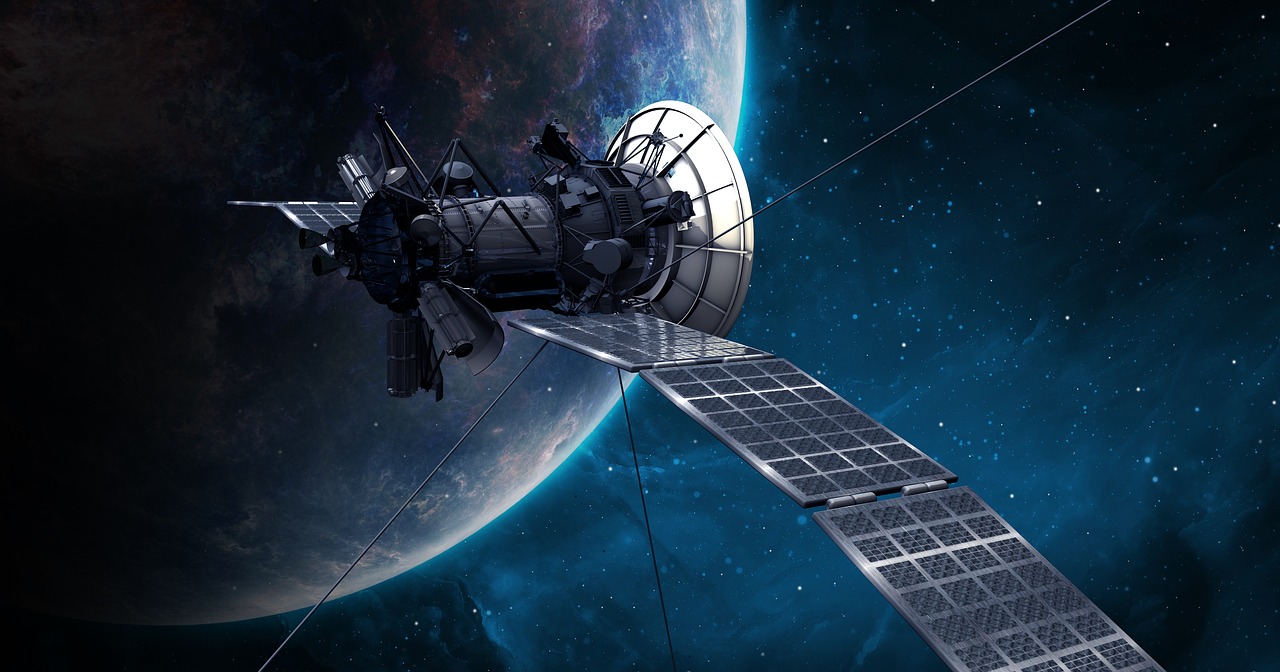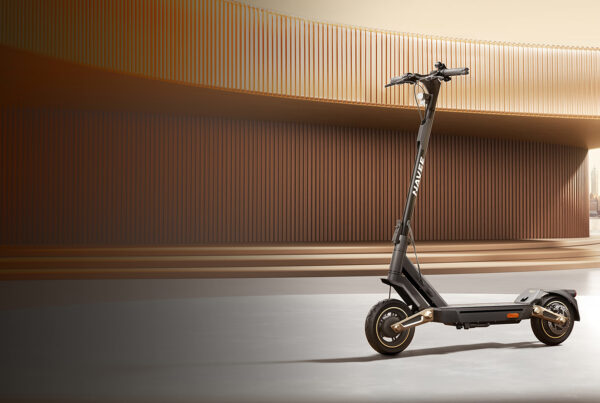If you’re interested in the way NASA launches satellites, you’ve probably heard of Space Rockets. But did you know that NASA also uses smaller “sounding rockets” for scientific research? Whether you’re interested in rocketry or in science, you’ll find out more about these tangential rockets below. This article will explain the basics of how NASA launches small satellites and how the space agency can learn from these vehicles.
NASA uses Space Rockets to launch satellites
Several types of Space Rockets are used by NASA to launch satellites. The Space Shuttle, the International Space Station, and the ION CubeSat Carrier are all examples of spacecraft systems. The Space Shuttle’s main component is an orbiter. Earlier Space Rockets were used to launch satellites into orbit. But more recently, Space Rockets are used for a variety of uses, including launching satellites.
The structural system of a rocket is similar to an airplane’s fuselage. A main rocket is comprised of long strings and hoops to provide support. The upper portion of the rocket is called the “skin,” which is made of a lightweight material. It may be covered in a thermal protection system to reduce the heat of air friction, and it may have fins to provide stability. Unlike an airplane, the rocket’s overall mass is about 85% fuel.
NASA uses smaller “sounding rockets” for scientific research
Smaller rockets, or “sounding rockets,” are unmanned rockets that carry a payload of scientific instruments to investigate a structure or atmospheric condition. These vehicles are able to stay in the air for 30 minutes or longer, and their cost and performance varies significantly. A single-stage rocket can carry a 5.4-kilogram (12-pound) meteorological payload up to 60 kilometers. Two-stage rockets can carry a 22-kilogram (52-pound) payload to space.
Small sounding rockets are used for several types of scientific research. The Space Agency’s Sounding Rocket Program uses a modified extreme ultraviolet telescope and spectrograph to study planets. The payload includes a Wolter Type 2 grazing incidence telescope, a newly built 0.4-m normal-incidence Rowland Circle spectrograph, and an open-structure resistive-anode microchannel plate detector. Sounding rockets have already completed three NASA flights, and new missions are expected to further the science.
NASA uses tangential rockets to launch small satellites
The tangential rocket is a common vehicle used by NASA to launch small satellites into orbit. Its engine, the Aestus, produces 2.6 tonnes of thrust, enough to propel the rocket upward. The payload, a 17-m-high, 5.4-m-diameter spacecraft, travels in the upper part of the rocket, behind a detachable fairing. Normally, the payload consists of one or two satellites attached to a launching structure, such as the Sylda or Speltra.
The main use of tangential rockets in launching small satellites is to demonstrate the laws of motion that the English scientist, Isaac Newton, developed. The laws of motion, or Newton’s laws, help us understand how gravity works. A rocket’s trajectory is determined by its initial velocity, which is the speed at which it’s moving. Therefore, a rocket’s trajectory must be determined before the rocket can launch its payload.



Recent Comments